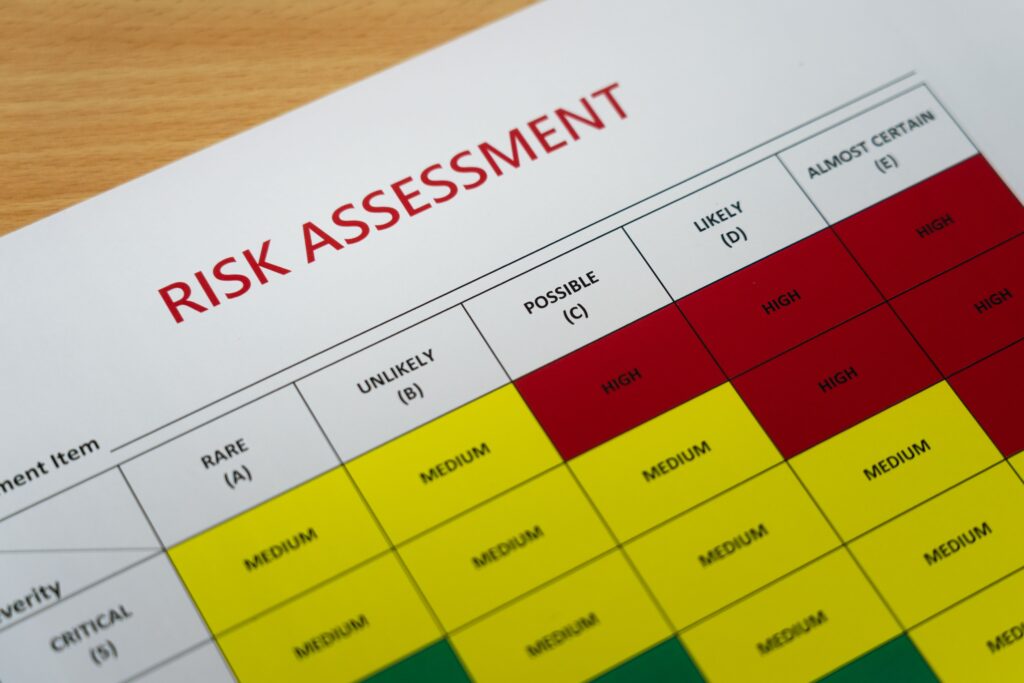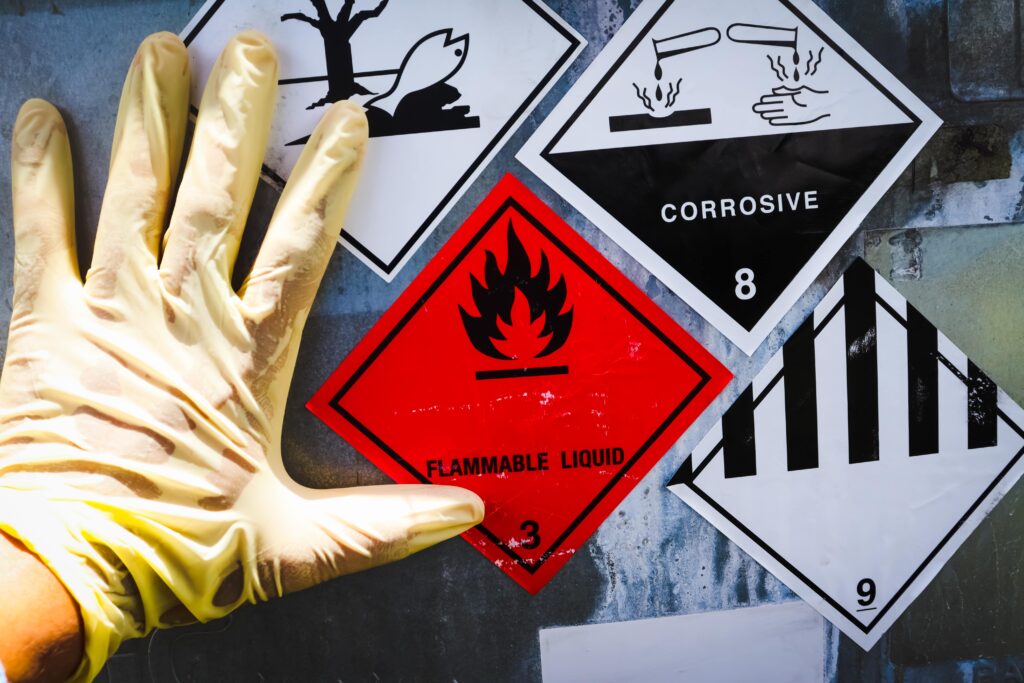You can’t improve what you don’t measure. With that premise, understand how to improve your risk maps with data, and therefore the safety of your workers and whole company.
Industrial activities inherently involve a list of risks for workers, society and the environment. It is the task of organizations, and in particular of HSE (Health, Safety and Environment) teams, to correctly manage risks in order to eliminate and minimize them, thus reducing the number of accidents as much as possible.
Risk maps: what are they and how to elaborate them.
For this, one of the necessary steps is the elaboration of a risk map. This may vary depending on the type of risk and the environment in which it is to be implemented. However, there are certain general steps to be taken into account:
- Hazard identification: This can be carried out through observation of the area, interviews with workers, review of accident records, among other sources of information. Later on we will see the relevance of safety data in this instance.
- Risk assessment: once risks have been identified, it is important to assess their probability of occurrence and the impact they could have on health, the environment or property. This will make it possible to prioritize them and determine the most critical ones.
- Definition of risk areas and mapping: Once the assessment has been completed, the areas considered to be at greatest risk must be defined and mapped. This will make it possible to visualize on the map the areas that require greater attention and safety measures.
- Communication of the risk map: It is important that the risk map is communicated to all personnel involved in the work area so that they can take the necessary precautionary measures. It is also important that it is updated regularly, reflecting changes in risks and safety measures implemented.
The development of a risk map is a useful tool to identify risks and necessary safety measures, but it does not replace the implementation of preventive measures and safety training of personnel.

It should be noted that the starting point is identification. To do this, it is necessary to have reliable information: numbers of incidents, accidents, common risk situations, in which areas they occur, what equipment is involved, etc… what would happen if we incorporated technology, particularly safety data analysis, into this first step? Spoiler alert: incorporating data is the key to improve the risk map.
Incorporation of safety data into the risk identification process.
Data analytics is, according to Datademia, a process that consists of inspecting and transforming data with the objective of analyzing it and extracting valuable information to suggest conclusions and support decision making. Peter Drucker, business consultant and professor, used to say “if you can’t measure it, you can’t improve it.” This applies to safety as well. How can we improve worker protection if we don’t know what is really happening in the workplace?

Applied to the HSE area, we have Safety Data Analytics (SDA). According to an article by insurance company WTW, an expert on the subject, it consists of recording and tracking relevant data relating to key aspects of workplace accidents and injuries. A key aspect is that it incorporates both historical and predictive indicators of safety performance within an organization.
And now comes the obligatory question… what kind of data or information can we count on and how can we obtain it?
Improve your risk map with data from the first digital PPE.
The data and information collected depends on both the type of activity performed by the industry and the way the information is collected. This can be through IoT sensors, digital PPE and risk management software to more traditional and error-prone manual data collection.
At Drixit, for instance, we developed the first digital PPE, a combination of hardware and software that collects information and safety data to make informed decisions and proactively improve worker protection. It has a wereable device used by operators that sends information to a platform, where the data (in real time and historical) is presented in an orderly fashion for later analysis.
What kind of information does it record? It will depend on what the company configures. Among the data it records are falls; close contacts between pedestrians and vehicles; working at heights; entering, staying in and exiting risky areas; stationary man. For each safety situation configured, the EPP configures an event on the platform, which can then be reviewed and analyzed by safety leaders.
The analysis of this information allows you to improve your risk map with reliable data. In this way, you have key information to understand what happened, when and where, and to make informed decisions that enhance everyone’s safety.

